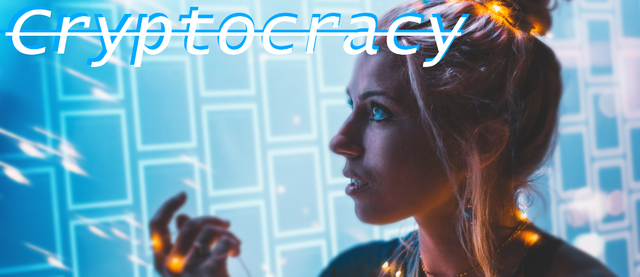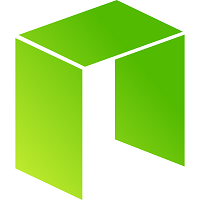
You learned about Ethereum in our last article, now I’d like to tell you about NEO. The NEO blockchain was launched in 2014 under the somewhat confusing name of ‘AntShares’, and is aiming for a similar goal as the Ethereum Project. While Ethereum is hoping to create a next generation Internet, the NEO Council would like to completely revolutionize the digital economy itself. Since taking off last year, NEO has been considered one of the top cryptocurrencies – and their tacit approval by the Chinese government makes them a very safe bet.
_logo.svg.png)
The Development of NEO
Unlike the Etereum Project, NEO has no lofty goals of decentralization or a complete detachment from existing governments. They intentionally centralized their coin supply, and that coin supply in turn is used to create consensus within the node network. NEO uses an internal system that requires 66% consensus in order to validate the chain. This creates incentive for people to hold quantities of NEO in order to become ‘bookkeepers’ within the system.
100% Pre Mined
Unlike most cryptocurrencies, NEO has no generation capacity. When the project began, 100 million NEO coins were created. There is no intention to ever add additional coins to the supply, so that is all the NEO that will ever exist – in theory. Half of this supply was sold or awarded during the pre-sale, while the other half is kept in reserve by the NEO Council for the time being. With NEO trading only in whole units, this makes for a very interesting market dynamic.
GAS as a Dividend
Ethereum requires ETH to operate both their smart contract network, and native transactions within the blockchain. As it currently stands, Ethereum is a Proof of Work coin and has a maximum amount of ETH that can be produced each year. Although they will soon switch to Proof of Stake, their current system can bog down the network through its complexity.
In comparison, NEO produces GAS at a regular rate. This dividend token is used as a network currency to pay for transactions fees. As a result of this system, it is very beneficial to hold large quantities of NEO. The more NEO that a single entity owns, the more GAS they will produce. Transactions and validations through the node network must also pass through larger stakeholders in the form of NEO bookkeepers, further augmenting this desire to own NEO.
So why NEO?
NEO is tactically backed by the Chinese government through their partnerships with sister company OnChain. This makes NEO incredibly resilient to cryptocurrency legal uncertainty inside of China – which means that it can weather certain storms that Western counterparts might suffer during. The technology backing the NEO system is very solid, and the network provides a base for other ICOs.
Additionally, the dividend GAS token means that NEO consistently produces value that can be sold without losing the initial stake.
But why not?
NEO is largely centralized and has a finite amount of tokens. Coupled with the inability to own a fraction of NEO, it is likely that the coin itself will become unfeasible for smaller investors in the very near future. While they will still be able to purchase coins based on the NEO blockchain system, and trade in the GAS dividend, NEO itself is likely to become a commodity traded only between those with a significant amount of capital.
This is part of my ongoing series of basic primers for cryptocurrency. If you found it useful, interesting or just like my style - consider following me!
The first part in the series was Cryptocracy: An Ethereum Primer